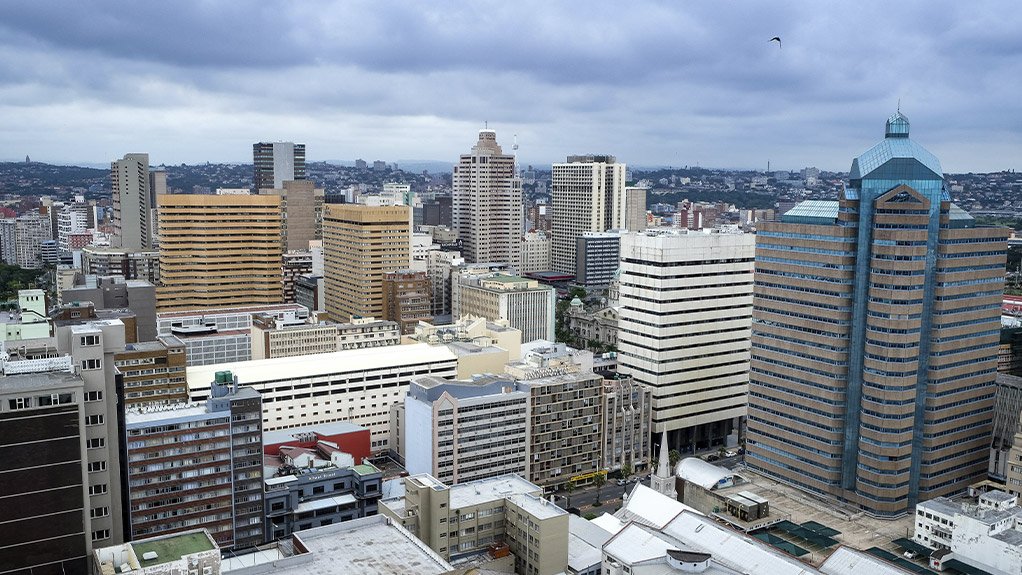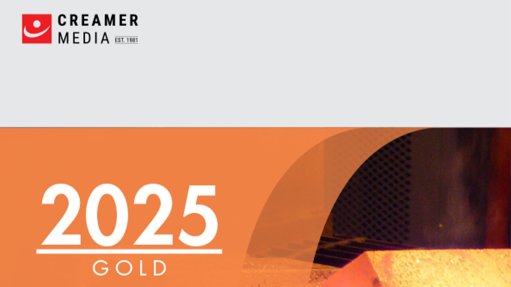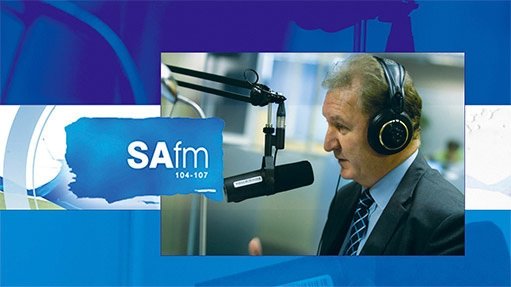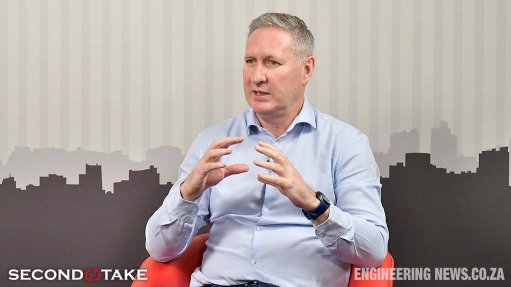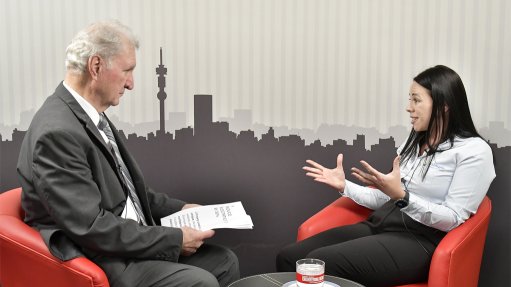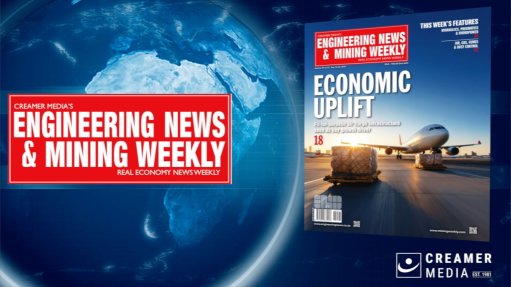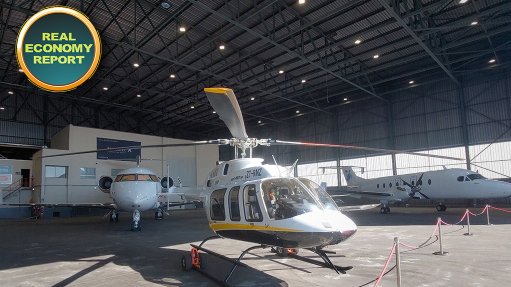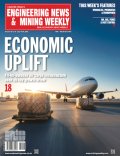Smart Cities Start with Signage: The Power of Getting the Basics Right
This article has been supplied and will be available for a limited time only on this website.
When we talk about smart cities, it’s usually the high-tech aspects that get airtime; our minds usually go first to AI-powered cameras and digital dashboards to smart grids and self-regulating traffic systems . In South Africa, however, where daily realities include potholes, power outages and overloaded public transport, the smartest solutions are often the simplest ones – in this case, clear, reliable street signage that stand the test of weather and time.
Joel Chetty, Sales Manager for C&I at Epson South Africa, says that while signage in its traditional sense might not scream “innovation”, it’s one of the most foundational and often overlooked building blocks of functional, inclusive cities.
“Signage is a crucial part of how people move through and interact with public spaces. They’re central to urban living and navigation, yet we barely take notice of how much we depend on them,” says Chetty. “If you can’t find a hospital entrance, navigate a parking garage to find the emergency exits or get to your destination safely at night, how smart is your city, really?”
South Africa’s infrastructure challenges mean cities can’t rely solely on electricity-dependent or maintenance-heavy digital screens. Instead, forward-thinking municipalities and organisations should be turning to durable printed signage that does more, from guiding commuters during blackouts to supporting safe and inclusive access in high-traffic public areas.
Signage must also evolve to match the demands of our cities, not just in terms of what they say, but in how they are made too. More sustainable, longer lasting and adaptable print technologies exist than ever before, making it easier for institutions to produce signage that not only does the job, but holds up in tough conditions, whether rain or shine, and regardless of our loadshedding status (especially in the case of digital signage).
“Cities need solutions that can be rolled out at scale, that don’t break down with every power outage, and that can cater to diverse public needs, whether that’s multilingual directions or tactile elements for people with visual impairments,” says Chetty.
And the need is urgent. Unclear or missing signage has a negative ripple effect, slowing down emergency response times, causing unnecessary congestion, frustrating service delivery and limiting accessibility. This is especially the case in informal areas where public information is often outdated, vandalised or just not present.
Smart signage also has broader implications for education, health, tourism and economic participation. In busy school environments, for instance, clear wayfinding supports safety and structure, and at hospitals, well-placed signage can reduce stress and confusion for patients. In CBDs or precincts trying to attract foot traffic, it shapes how people experience and even remember the space.
“Smart cities need to be human-centred,” adds Chetty. “And that starts with asking the very important questions, how easy is it for people to get around? How inclusive are our public spaces? And are we communicating clearly, even when tech fails?”
In a world obsessed with flashy innovation, there’s something refreshingly powerful about getting the basics right, and as South Africa continues to imagine smarter, more connected urban environments, signage deserves to be reimagined , not as an afterthought but as a critical enabler of safety, accessibility and urban progress.
Comments
Press Office
Announcements
What's On
Subscribe to improve your user experience...
Option 1 (equivalent of R125 a month):
Receive a weekly copy of Creamer Media's Engineering News & Mining Weekly magazine
(print copy for those in South Africa and e-magazine for those outside of South Africa)
Receive daily email newsletters
Access to full search results
Access archive of magazine back copies
Access to Projects in Progress
Access to ONE Research Report of your choice in PDF format
Option 2 (equivalent of R375 a month):
All benefits from Option 1
PLUS
Access to Creamer Media's Research Channel Africa for ALL Research Reports, in PDF format, on various industrial and mining sectors
including Electricity; Water; Energy Transition; Hydrogen; Roads, Rail and Ports; Coal; Gold; Platinum; Battery Metals; etc.
Already a subscriber?
Forgotten your password?
Receive weekly copy of Creamer Media's Engineering News & Mining Weekly magazine (print copy for those in South Africa and e-magazine for those outside of South Africa)
➕
Recieve daily email newsletters
➕
Access to full search results
➕
Access archive of magazine back copies
➕
Access to Projects in Progress
➕
Access to ONE Research Report of your choice in PDF format
RESEARCH CHANNEL AFRICA
R4500 (equivalent of R375 a month)
SUBSCRIBEAll benefits from Option 1
➕
Access to Creamer Media's Research Channel Africa for ALL Research Reports on various industrial and mining sectors, in PDF format, including on:
Electricity
➕
Water
➕
Energy Transition
➕
Hydrogen
➕
Roads, Rail and Ports
➕
Coal
➕
Gold
➕
Platinum
➕
Battery Metals
➕
etc.
Receive all benefits from Option 1 or Option 2 delivered to numerous people at your company
➕
Multiple User names and Passwords for simultaneous log-ins
➕
Intranet integration access to all in your organisation



